The Great Wildebeest Migration in the Serengeti
is the largest single movement of wild animals in the world, deservedly listed as one of its eight Natural Wonders and an exceptional inspiration for a dream nature tour of northern Tanzania with Brea Tours. Around 1.5 million wildebeests, with hundreds of thousands of zebras, elands, gazelles along with a trailing retinue of predators, leave their calving grounds in southern Serengeti, around March and April, heading for the next water source.
Trekking via the south-central Seronera outskirts into the Western Corridor and Grumeti River arriving during the month of April to May and residing till June, and then finally towards the Masai Mara National Reserve in Kenya crossing the perilous Mara River around July or August onwards with a return via the same death-defying river, this time heading to the bearing of Lobo and Loliondo in eastern Serengeti around October to November.

The white bearded wildebeest journey continues back to the southern Ndutu calving grounds with arrivals starting around December with temporary residence till March.
The dates timing of the migration depends upon the annual rains and renewal of fresh pasture which may seasonally occur earlier or later in some years. But the spectacle is worth the effort to make a photo safari in Tanzania as multitudes of wild gnus pour across the plains, driven by instinct or necessity in such a way that they act as one entity, pursuing their destiny, to rut, mate, dare and die on this impossibly perilous journey, which, nevertheless, ensures the ultimate survival of the wildebeest and the continuance of the Serengeti ecosystem of which they are the mainspring.
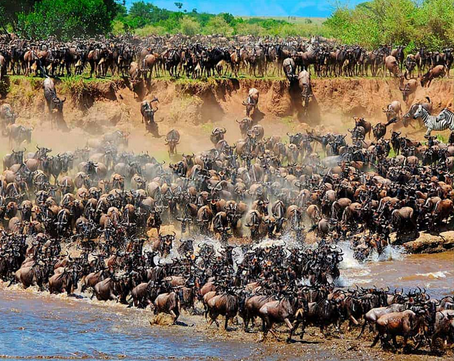
Their epic journey is one of violence and endurance as they battle onwards, past granite kopjes where cheetah or lion lie in ambush, through flood-swollen and crocodile infested rivers, over parched plains scorched by wildfires, to sanctuary in the north. Then, homing in on distant rains, they circle back again, daring greater hazards by the same water, by exhaustion and by predators, shedding a quarter of their numbers by the wayside.
To appreciate the enormity of this phenomenon, you must take part, tracking and observing from 4×4 game-viewing vehicles, filming from the ground or in the air in a hot air balloon to zoom in on the action as if the unending grasslands were your theatre with your own cast of millions acting out their ancient ritual for you alone.
The Migration Cycle
The migration is a year-round event, with different highlights occurring throughout the seasons:
- December to March: Calving season in the southern Serengeti
- April to May: Herds begin moving north
- June to July: Dramatic river crossings begin
- August to October: Herds in the northern Serengeti and Masai Mara
- November to December: Return journey to the southern Serengeti
Best Times to See the Migration in 2024-2025
While the exact timing can vary depending on rainfall patterns, here are the best times to witness key events:
Calving Season (December 2024 – March 2025)
- Where: Southern Serengeti (Ndutu area)
- Highlights: Witness thousands of wildebeest calves being born daily
River Crossings (June – September 2024 and 2025)
- Where: Grumeti River (June) and Mara River (July – September)
- Highlights: Dramatic and perilous river crossings
Northern Serengeti and Masai Mara (August – October 2024 and 2025)
- Where: Northern Serengeti and Masai Mara
- Highlights: Vast herds spread across the plains
Planning Your Trip with Arusha Ascend Expeditions
- Book Early: Accommodations fill up quickly, especially during peak seasons. Arusha Ascend Expeditions can help secure your preferred lodging.
- Choose Your Location: Decide which part of the migration you want to see and plan accordingly. Our expert guides can advise on the best locations for your travel dates.
- Consider a Mobile Camp: These move with the herds, increasing your chances of seeing the action. We offer mobile camping options to keep you close to the migration.
- Experienced Guides: All Arusha Ascend Expeditions tours include knowledgeable local guides to ensure you have the best possible wildlife viewing experience.
What to Expect
- Early mornings and long days on safari
- Potentially dusty conditions
- Incredible photographic opportunities
- The chance to see predators in action
Conservation and Responsible Tourism
Brea Tours is committed to responsible tourism. We work with local communities and conservation efforts to ensure that your visit contributes positively to the region. By choosing us, you’re supporting the conservation of this incredible ecosystem and the continuation of this natural wonder for generations to come.

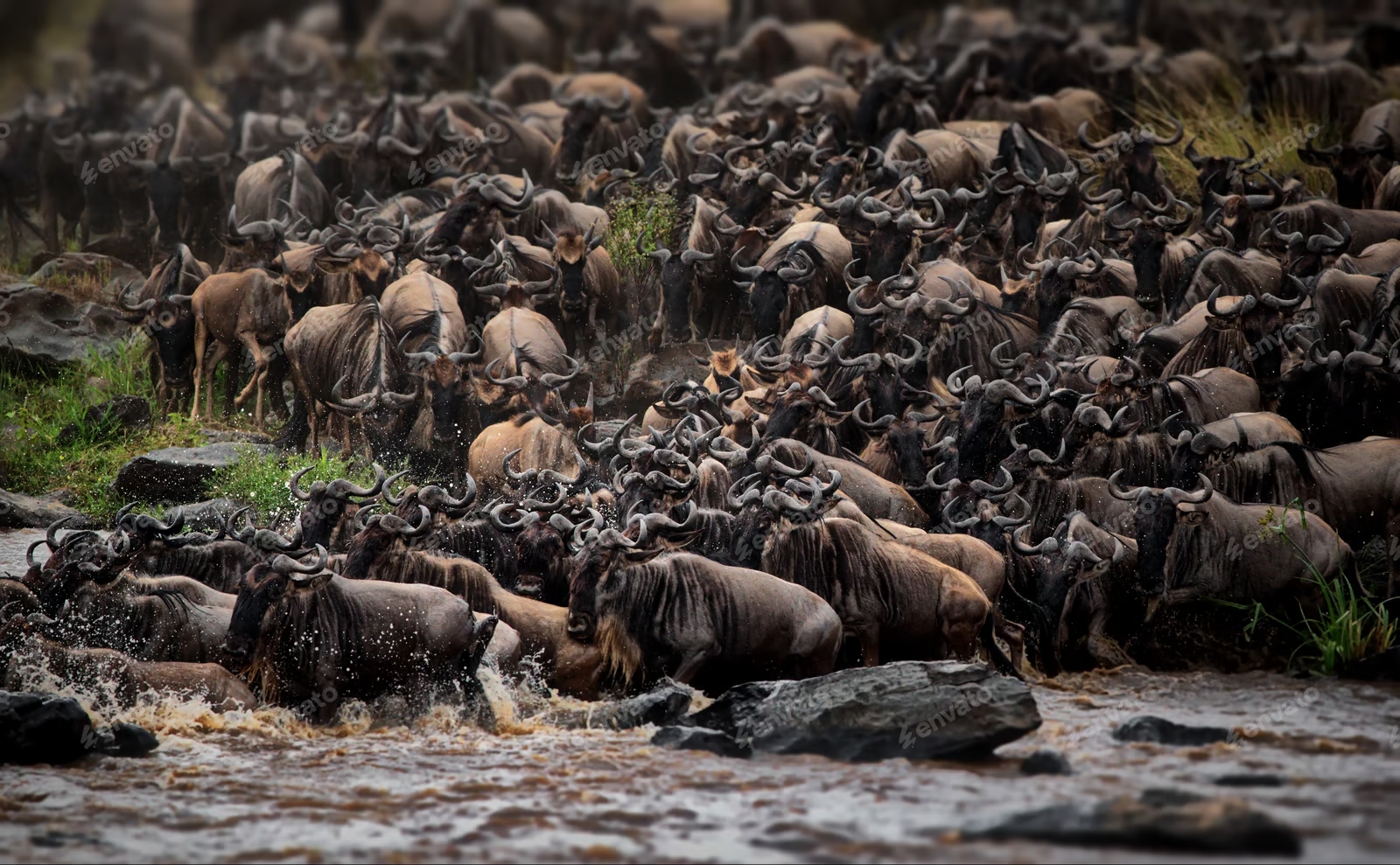

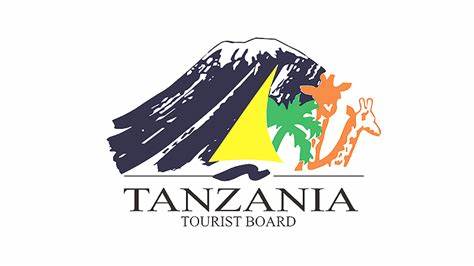

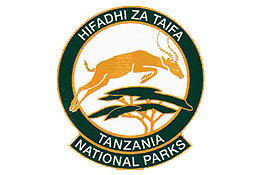
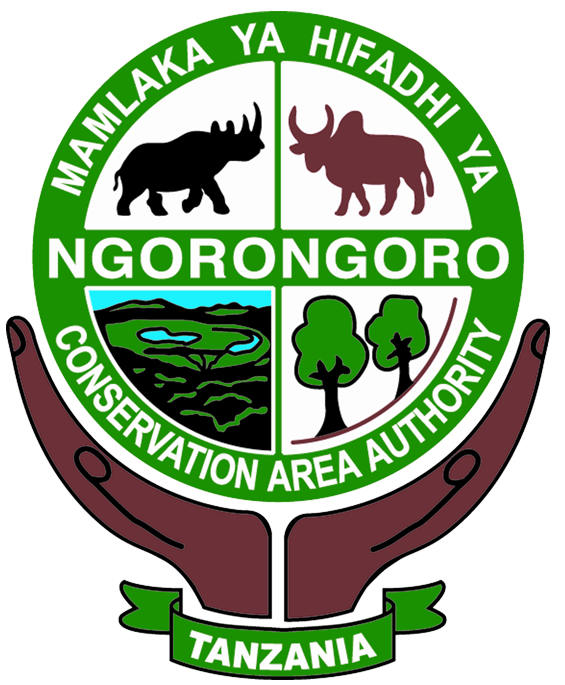

There’s actually numerous water coursing out of it, and like different karst springs, the water emerges from a network of subterranean limestone caves.